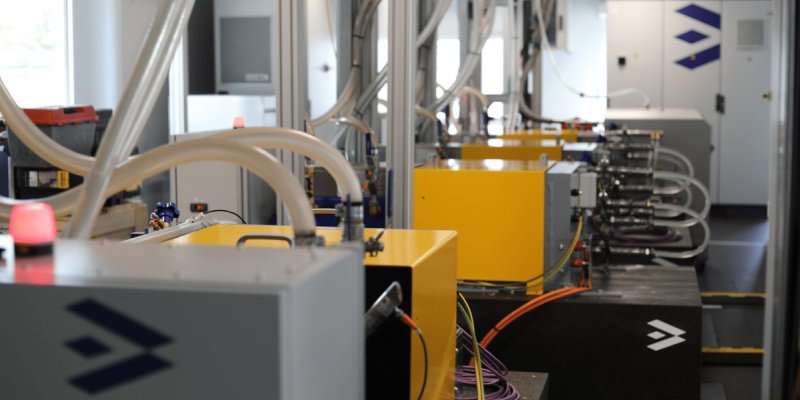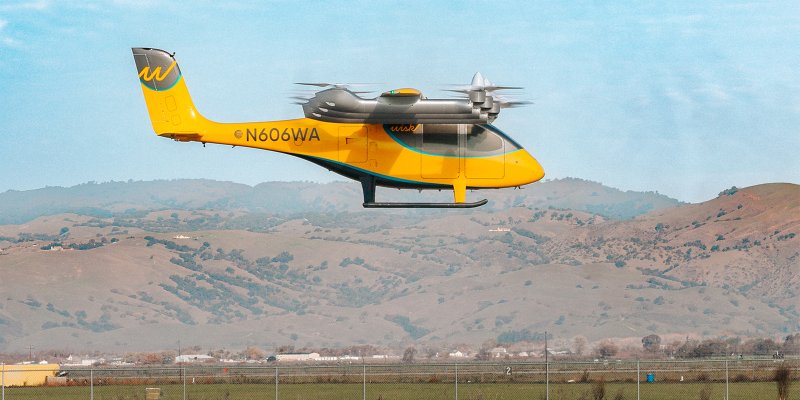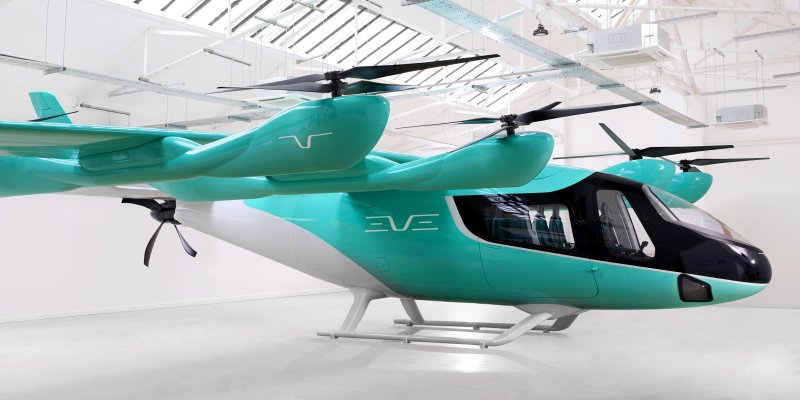Lilium has successfully completed the first phase of integration testing of the Lilium Jet’s electrical power system at the company’s purpose-built laboratory. The test completion represents a key milestone on the path to flight conditions approval and type-certification of the revolutionary Lilium Jet. It means that, while the first two Lilium Jets take shape on the production line, engineers are already verifying the design of the aircraft’s core powertrain functionalities that will support certification according to EASA’s SC-VTOL rules.
The new electrical power system lab is located at Lilium’s headquarters as part of the company’s test campus on the outskirts of Munich. The electrical power system lab replicates the Lilium Jet’s powertrain in a controlled test environment. The lab also integrates low voltage systems that supply the aircraft’s avionics and cabin systems, onboard energy isolation units that prevent hazardous energy release, and a functioning charging station.
Using customized software, Lilium engineers plot flight profiles, run tests, and gather corresponding data in real time. The data gathered will be used to provide evidence to the airworthiness authorities to demonstrate the aircraft’s safety and compliance with the type-certification requirements.
The lab, which also provides a safe environment in which to inject faults and demonstrate system robustness to failures, has been developed and built in cooperation with Italian supplier EN4, a specialist in advanced testing solutions for aerospace, automotive, railway and industrial applications. For the testing environment, Lilium and EN4 have made extensive use of state-of-the-art software and hardware provided by NI, formerly known as National Instruments.
In parallel, Lilium continues to progress with the production of the first Lilium Jets which will be used as part of the Lilium Jet type-certification program. The first Lilium Jet will be used exclusively for ground testing and the second jet will be used for the first manned flight.








